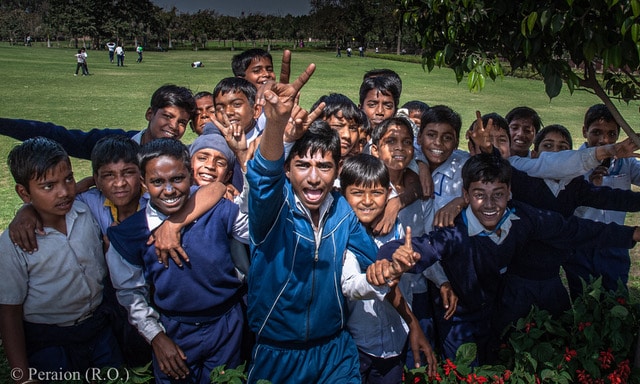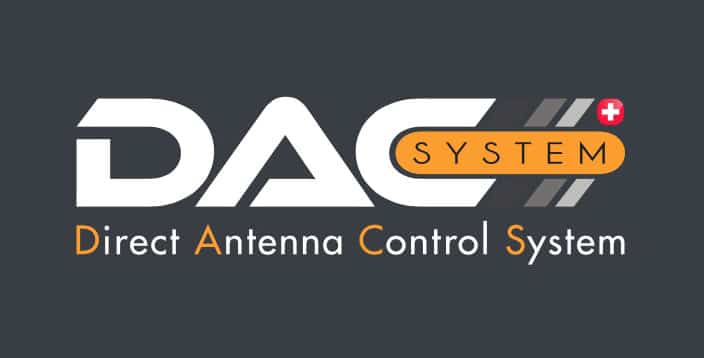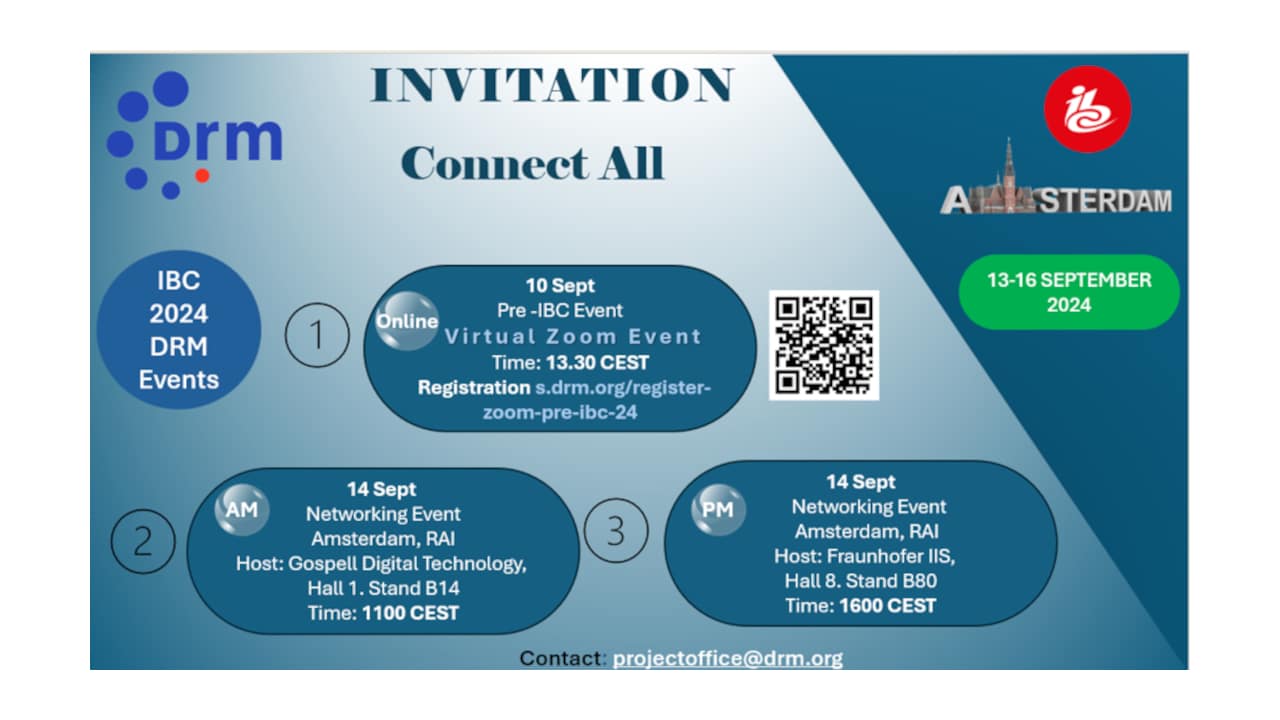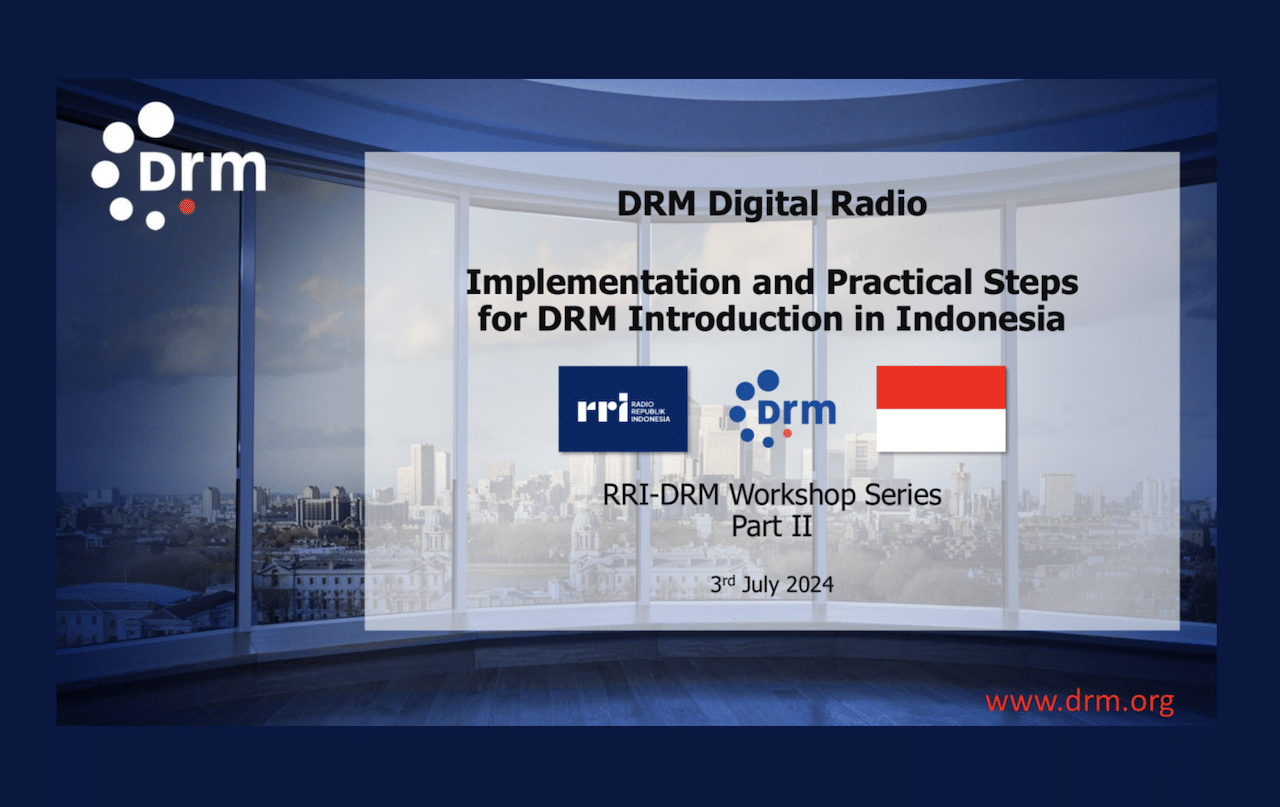
Things were supposed to return to “normal” by September, with employees in their offices and students back in schools and universities.
Instead there is now talk about second and third waves of COVID-19, about living with this for many years to come and about distance or “blended” learning. Blended can mean back to school all the time, part of the time, alternating, or just relying on learning from home through available platforms.
Statistics
Here is a cursory look at how education has been delivered to students in most of the world countries so far, as surveyed by the World Bank.
This study shows a heavy reliance on online, TV and radio but with patchy results, as there are so many students in so many places and so many subjects to learn. Suddenly, the whole education pyramid of subjects and information built carefully over the years and infused with teacher authority has crumbled.

In the e-learning age a lot has changed, not least presentation and delivery. Even to those self-motivated, communication savvy students with great time-management skills (how many of those, do you know?) who engaged in online learning, it was clear that e-learning was now focused on the learner and not on the teacher.
With the student in charge, he or she had to have access to IT and find it attractive, easy, and affordable. But internet penetration varies between about 95% in the United States (where 73% own a personal computer), to slightly above 50% in Asia and under 40% in Africa. This has created — yet another — information and education gap, as amply documented in loads of articles worldwide.
Online learning has many advantages but also disadvantages to do with authenticity, availability, lack of familiarity, or of communication skills in online students, limitations of subjects and even cheating.
Effective Solution
All these reasons and maybe others explain for example why in the United Kingdom 2 million children, a fifth of all school children, have done little or no homework during the lockdown, according to a study of University College London.
Internet access is also different from internet literacy. Even in the OECD countries (that is developed countries with high-income economies) about a quarter of the people are computer illiterate.

Online learning is definitely a different experience from the brick and mortar model. But so is education by TV and radio. Using radio for education is not new. It is a vital, effective system for the delivery of education to large numbers of people overcoming the hurdles of internet literacy, affordability, location, audience targeting and language.
Radio is the shortest way to bridge the digital divide in a simple and inexpensive way. But analog radio lacks the visual appeal of online or television, which can lead to poor attentiveness and fragmentation.
That’s why digital radio represents a possible solution to this problem. Digital broadcasting maintains the historical advantages of radio with the bonus of adding visuals and data to the audio component.
Compression, essential in digital, allows for more capacity for either audio or audio and data. This is true when using the DRM standard but possibly with other standards as well. In addition, in DRM it has been demonstrated that it’s possible to program and sync the audio with a mix of visual data (text, maps, diagrams, etc.) to create dynamic and interactive educational content.
Workflow
The content flow is relatively simple. Instructors create the lessons with text and audio. Broadcasters subsequently define the actual broadcast program structure. For example, through the use of the advanced text feature called Journaline, they convert the material, configure and schedule the full (audio and text, data) DRM broadcast signal.
The students access and participate in live sessions by means of a DRM receiver or a DRM receiver with Wi-Fi hotspot and can interact with remote teachers if they have connected devices such as mobile telephones.
If digital receivers are not available or scarce, it’s possible to send the content over large areas using the terrestrial DRM digital AM broadcast technology and capture it on large screens.

These big public screens become “digital blackboards.” This is a new way of using public signage not only for advertising but also for education.
Preparation and consumption of the content and scheduling the various aspects of the broadcasts (text and visual) require a different sort of engagement and dedication on the part of the teachers, broadcasters, and students. Once created, users can store and download the material later and as often as they need to. So, the digital content is both the blackboard and the textbook available to students live and on demand.
Digital radio can deliver formal and non-formal education to young and older listeners. Radio remains the most accessible and portable of the media able to adapt quickly to listeners’, i.e. students’ demands and listening habits.
Digital radio for education can bridge the digital divide and bring great advantages to many, even students with little access to any other delivery platform like IP.
There are some costs involved in creating a new type of educational content, in setting up the whole broadcast chain, in providing the receivers or screens for access. But this is not an expense for the students who do not have to pay to listen to the audio broadcasts or to see the data on the radio screens.
Once all the pieces are in place, the results will be impressive. As somebody once said, “If you think education is expensive, try ignorance.”
Ruxandra Obreja is chairman of Digital Radio Mondiale.





















